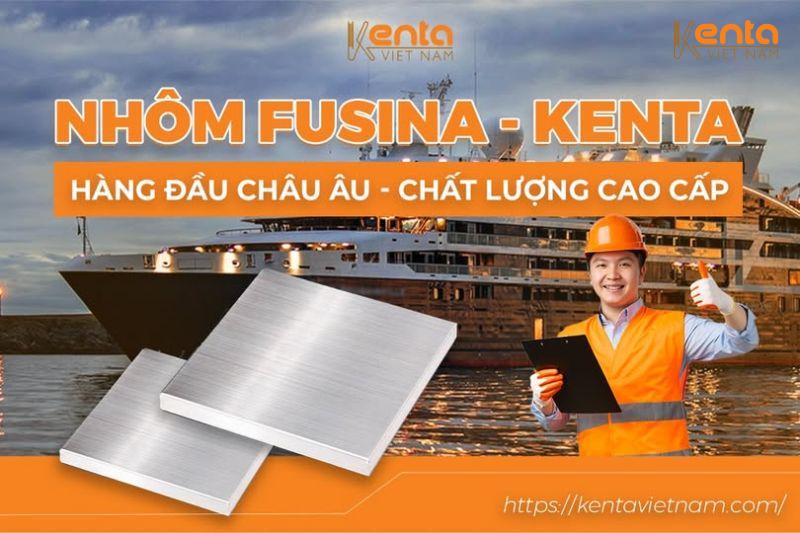Knowledge, Technology
What is aluminum sheet? Definition, structure, standards, and how to choose according to your needs
What is aluminum sheet? It is a flat metal material, rolled from aluminum ingots and aluminum alloys to achieve the required thickness, hardness, and surface according to industrial standards. If you are researching "what is aluminum sheet?" for use in mechanical engineering, shipbuilding, or mold manufacturing, this article will help you understand the nature of the material, its standards, and how to choose the right aluminum grade for your project.
Nature and classification of aluminum sheets
Aluminum sheet is a flat-rolled product made from pure aluminum or aluminum alloy. In actual production, "sheet" usually refers to thicknesses from 0.2mm to 6mm, and thicknesses greater than 6mm are often classified as "plate." The cross-section is uniform, and the surface can be mill-finished, anodized, painted, or film-protected depending on the purpose.
Alloy and heat treatment state
The concept of "what is aluminum sheet?" needs to be linked to the alloy because the composition and heat treatment state determine its properties. 1xxx series are almost pure aluminum with high electrical and thermal conductivity and good corrosion resistance. 3xxx series add manganese to improve moderate strength and formability. 5xxx series use magnesium for higher strength, good weldability, and seawater corrosion resistance, notably 5052 and 5083. 6xxx series contain magnesium-silicon, allowing for heat treatable hardening, commonly 6061 when machining and a balance of strength-hardness are needed. States such as O (annealed), H32/H34 (cold rolled and partially hardened), or T6 (solution heat treated and aged) help optimize strength, ductility, and machinability.
Manufacturing process and quality control of aluminum sheets
Aluminum sheet are produced from direct chill cast ingots, then hot rolled to achieve the base thickness and refine the grain structure. The cold rolling stage further reduces thickness, improves surface quality, and controls flatness. Heat treatment, annealing, or aging are applied according to each alloy grade. The surface can be anodized to increase corrosion resistance, provide a good base for painting, and ensure uniform color. Each batch of standard aluminum sheets will have a material certificate showing the chemical composition, mechanical properties, and testing conditions according to ASTM B209 or EN 485/573.
Material properties to know when designing
Aluminum sheet has a density of approximately 2.70 g/cm³, making it significantly lighter than carbon steel. Its elastic modulus of about 69 GPa makes the material rigid enough for many thin and light structures when the thickness is correctly calculated. High thermal conductivity is beneficial for heat dissipation, thermal molds, and heat exchangers. Natural corrosion resistance is due to a protective oxide layer, which can be significantly enhanced by anodizing or powder coating. Tensile strength, yield strength, and hardness vary with alloy and state; aluminum 5083/H116 is suitable for saltwater environments, while 6061/T6 is favorable for CNC machining and parts requiring threading.
Specific applications for each aluminum sheet grade
In the marine industry, 5083/5086 are favored for their chloride corrosion resistance and good weldability, suitable for ship hulls, decks, and tanks. In mechanical engineering and mold making, 6061/T6 balances strength and machinability, suitable for jigs, machine frames, and CNC machine tables. For the food and packaging industry, 1xxx and 3xxx series grades ensure inertness, easy formability, and good surface finish. For thin structures, 5052/H32 stands out due to its ductility, edge bending, and convenient MIG/TIG welding.
Principles for selecting aluminum sheets for projects
Start with the working environment, processing method, and mechanical property requirements. If the part is frequently exposed to saltwater, prioritize the 5xxx series like 5083 with specialized corrosion resistance. If the part requires drilling, reaming, tapping, and tight tolerances, 6061/T6 is a balanced choice. If deep drawing, bending, or stretching is needed, 5052/H32 or 3003/H14 will be compatible with cold stamping technology. Thickness should be calculated based on load, deflection, and vibration, avoiding "too thick" which causes waste or "too thin" leading to vibration and fatigue cracking.
About Kenta VietNam Technical Co., Ltd. Kenta VietNam
To conclude the question "what is aluminum sheet?" with a reliable address, Kenta VietNam provides aluminum sheet and welding material solutions for the industrial segment. The company has a strength in FUSINA aluminum sheet sources serving mechanical engineering, shipbuilding, and manufacturing,and SAFRA welding materials for MIG/TIG aluminum and alloy processes. Kenta VietNam provides consulting support for selecting grades – heat treatment conditions, cutting to specifications according to drawings, supplying CO/CQ documents, and technical companionship throughout the project lifecycle. If you want to shorten trial-and-error time and optimize overall costs, discuss your needs so the technical team can configure suitable materials from the outset.




















